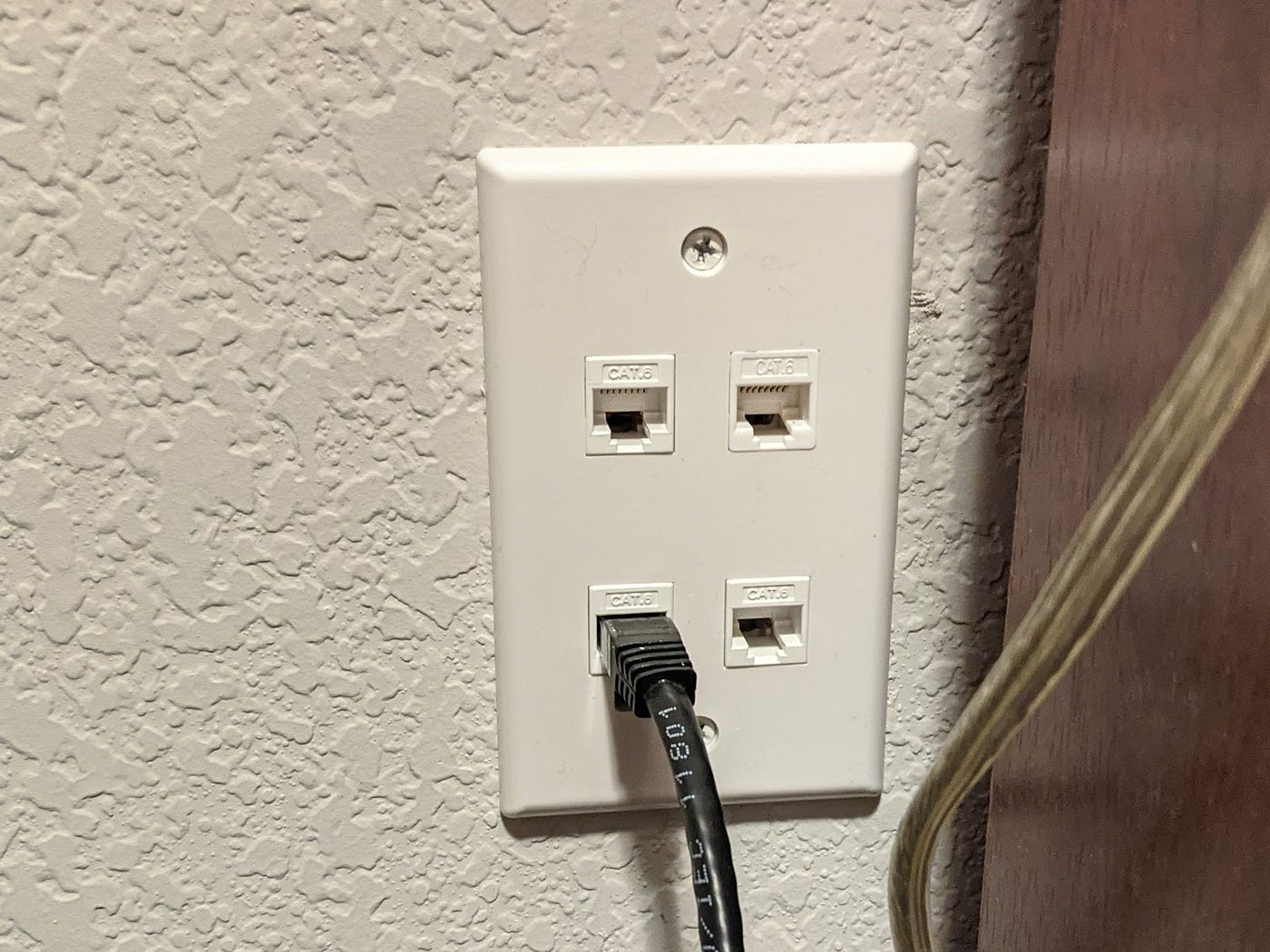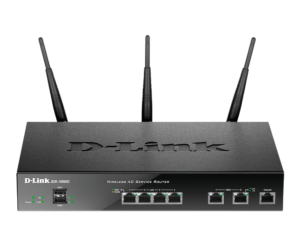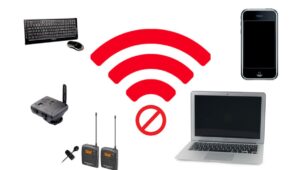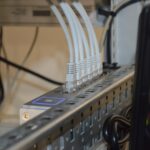Many residences in America and other countries have Ethernet ports pre-installed all around the properties. The question arises: Can you plug your router using those ethernet ports? The answer is complicated and depends on the home networking infrastructure of the house.
Does any wall ethernet port let you connect to the internet after you plug in a router? Well, it does if you want to plug a second router into the home network, and the router will complement the main router. So, ethernet wall ports will only allow you to expand the existing internet access powered by a modem-router setup.
Let’s dig deeper into the ethernet wall ports, how they work, and whether you can plug your routers into them.
An Overview of the Ethernet Port in the Wall
An Ethernet wall port is a plug that connects your networking devices directly to the home network through an RJ-45 cable. Ethernet wall ports offer reliable and secure connectivity around your home or office. Typically, they help extend the network range of the live internet access.
Moreover, you can avoid additional hardware or cabling with such ethernet wall ports. Hence, ethernet wall ports are the perfect choice for those who don’t like clutter due to cable. In addition, you can opt for ethernet wall ports if you have limited space available at your home or office.
Regarding the advantages of ethernet wall ports, you can get a faster and more secure connection than Wi-Fi. This happens because an ethernet wall port generally consists of 2 RJ-45 connectors. So, data will transmit over a wired connection, and devices like microwaves or phones can’t disrupt the connection.
Thus, you will get a faster internet connection than wireless networks through the ethernet wall port setup. On the other hand, ethernet wall ports are inside your home or office. Therefore, nobody outside your property can’t trespass on them.
Furthermore, ethernet wall ports require minimal setup. You can just plug in your networking device and don’t have to tweak complex settings to use the internet service. Bid goodbye to signal interference problems from Wi-Fi connections with ethernet wall ports because of their wired connectivity.
Can You Plug A Router into Any Ethernet Wall Port?
Before using an ethernet wall port, you must learn how a home network system works. The following things are necessary to build stable and active internet access around your home or small office:
- Internet service from your Internet Service Provider
- A standalone modem and an individual router or a wireless gateway (modem-router combo)
- Master socket phone line facilitated by the Internet Service Provider while installing the setup
Now, how do they work? The modem has to stay connected to the master socket phone line to get internet access from the ISP. The modem is the device that brings the internet to your home and translates the signals it receives from the ISP. However, it can’t create a network for your devices. Hence, here comes a router.
A router is responsible for creating a network of all your devices around your home. It can be your computer, smartphone, tablet, smart TV – you name it. Anything connected to the internet can be plugged into a router through wired or Wi-Fi connections. Thus, the modem and router setup can connect all those devices to the internet.
Now, you can use a wireless gateway that combines modem and router functionality. So, you don’t have to preserve space for 2 separate devices, and you can save up some space. Since you have an active internet facility at home, you might be thinking about how you can use ethernet wall ports with it.
Moreover…
Ethernet wall ports can connect to the primary phone line or the main modem-router setup. So, check if ethernet wall ports are connected to one of these components. If it’s a primary phone line, you must plug the modem-router setup into an ethernet wall port.
Next, test if you can access the internet. However, if the ethernet wall port is already connected to a modem router setup, you can plug a secondary router into the other end of the port. Adding a secondary router to the existing home network helps you extend the network coverage.
Installation of a Secondary Router through an Ethernet Wall Port
Check whether ethernet wall ports work completely fine at your residence before you plug your router into them. If you have installed those ethernet wall ports recently, then they should work without a doubt.
However, you might not be lucky if ethernet wall ports had been in your house before you stepped into the property. You can contact an ISP engineer to check them. Once you are sure that ethernet wall ports work perfectly at home, you can install a second router using those ports.
Here’s what you need to follow to make a second router work via an ethernet wall port:
- Start by figuring out the login IP addresses of both routers.
- Make sure that the first router works properly.
- Next, connect the second router to a functional ethernet wall port using an RJ-45 cable. Ensure you connect the router using the LAN port instead of the WAN port.
- Now, you must connect a computer to the second router and sign into the router’s web admin portal. Go to a browser and enter the second router’s IP address in the address bar. Provide the login credentials to access the router settings.
- After you access the router settings, navigate to its wireless section to turn off its DHCP feature. Thus, the first router remains the primary router of the home network.
- Also, assign a different IP address for the second router, which should differ from the first router’s IP address.
Next, you can activate the Bridge Mode on the first router by accessing its web admin portal. Otherwise, you can reserve a static IP for the second router on the first router.
Should You Use 2 Routers in Your Home?
Using 2 routers simultaneously in your home can trigger Double NAT, DHCP issues, and IP conflicts. Moreover, you can get interference problems from 2 routers, and the internet connection can be extremely slow. So, you have to turn off the DHCP function on your second router and make the necessary changes. However, consider using Wi-Fi extenders, ethernet switches, mesh systems, etc., instead of 2 routers.







